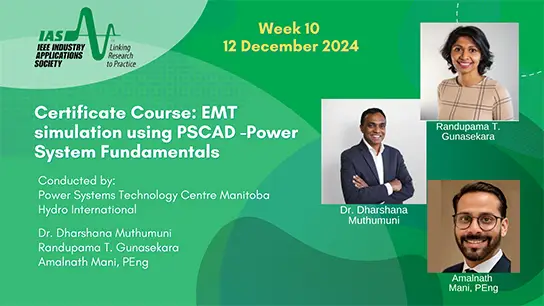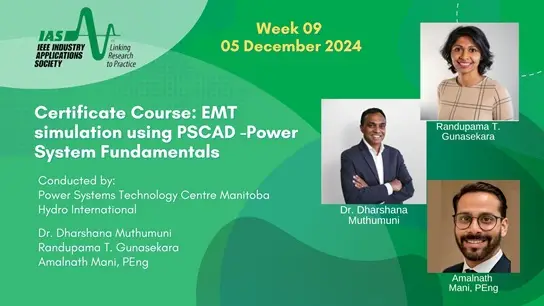Transmission System Application Requirements for FACTS Controllers
IEEE Working Group 15.05.13
-
Members: FreePES
IEEE Members: $45.00
Non-members: $70.00Pages/Slides: 56
27 Aug 2006
I. INTRODUCTION There have been power electronic applications in the high voltage power system for more than 30 years with contributions from many individuals and companies. The earliest applications and still the largest installations in transmission networks are AC-DC transmission converter stations. Industrial applications include rectifiers, motor drives and static var compensators for voltage control and reduction in flicker from erratic loads such as arc furnaces. Electric generators use both controlled and non-controlled rectifiers for excitation systems. Both the size and number of these applications have increased as the power electronic switching devices (transistors and thyristors) increased in size, decreased in price and improved in reliability. Over the past 20 years, worldwide developers, including the Electric Power Research Institute (EPRI), [l], [2] championed the concept of increasing the utilization of AC transmission networks. This required creating a new generation of controllers that would rapidly change flow patterns and voltage profiles in response to changing system conditions. These new controllers would contain power electronic switches to provide both fast response and a large number of operations without maintenance. The name Flexible AC Transmission System (FACTS) was coined to describe networks that contain these controllers [3 - 6]. Defining applications for FACTS Controllers requires an understanding of the planning process for transmission systems. These systems now must function and be economical in a market as well as meet the traditional requirements for system security, reliability and sufficient capacity to meet the needs of customers. With several possibly conflicting objectives to satisfy, it is becoming increasingly important to make the system as flexible as possible. Flexibility of electric power transmission is the ability to accommodate changes in the transmission system configuration or operating conditions while maintaining sufficient steady state and stability margins. FACTS are systems incorporating power electronic-based and other static controllers to enhance control-ability and increase power transfer capability [3]. Projects have been implemented to develop and demonstrate the different types of FACTS Controllers and create practical hardware that can be applied in a transmission system environment. Although there have been a large number of technical papers discussing FACTS Controllers and both IEEE and CIGRE working groups have prepared reports describing these Controllers, the task of integrating these new technologies into the transmission system planning process has been done by individual utilities. To help share the insight developed with respect to the planning activities, this working group was tasked with preparing a special publication that described the planning process and suggested applications where Flexible AC Transmission System (FACTS) Controllers would add sufficient value to the transmission system to justify their cost and complexity. In addition to describing the planning process, functions performed by each of the FACTS Controllers are briefly described and their basic circuits shown. This document refrains from repeating other works which focus more comprehensively on the technical details of the FACTS Controllers or on the process of developing and preparing analytical models and relies heavily on a comprehensive reference list. This publication assumes the availability of models and the associated planning software and focuses on how the transmission system planning process can define and justify FACTS applications.


